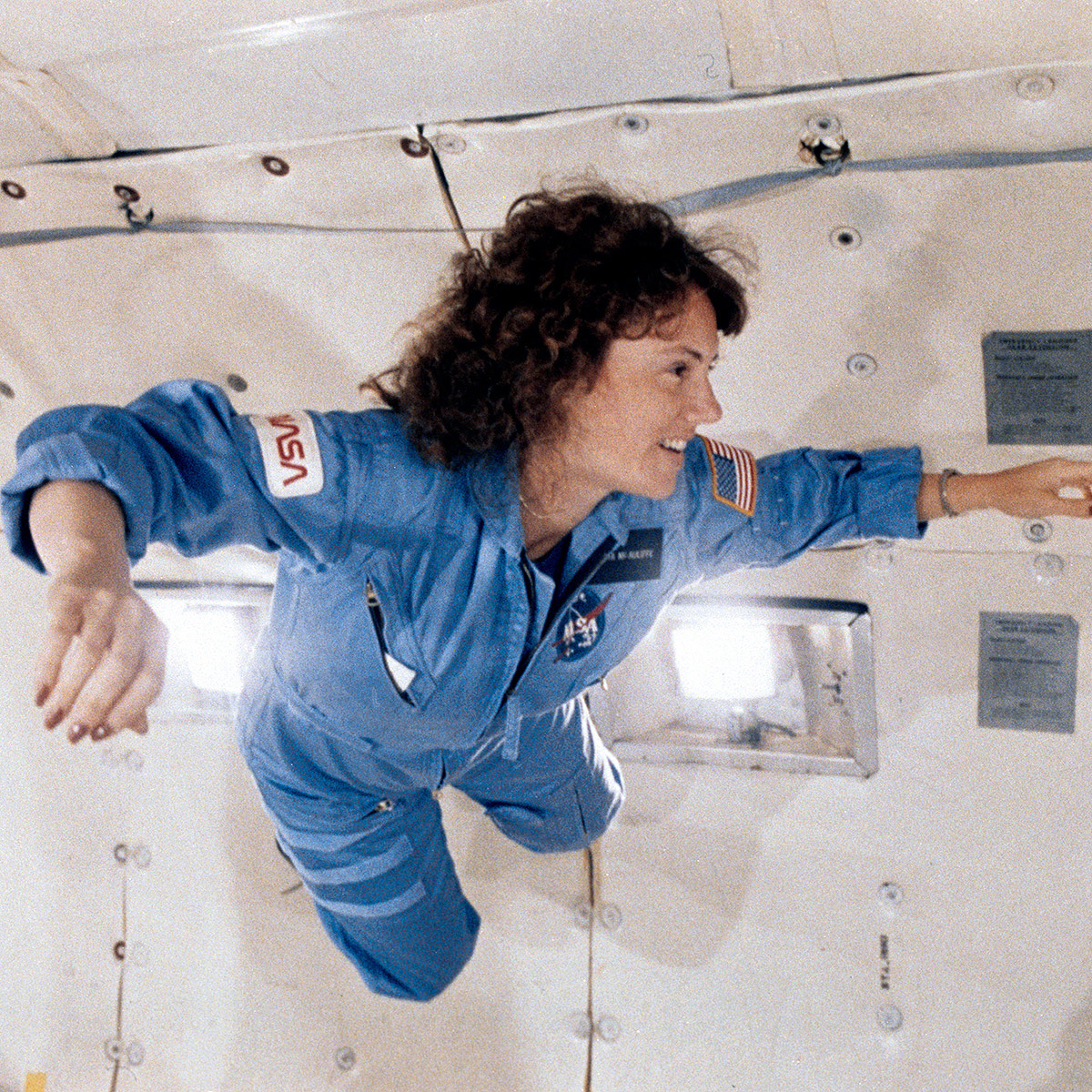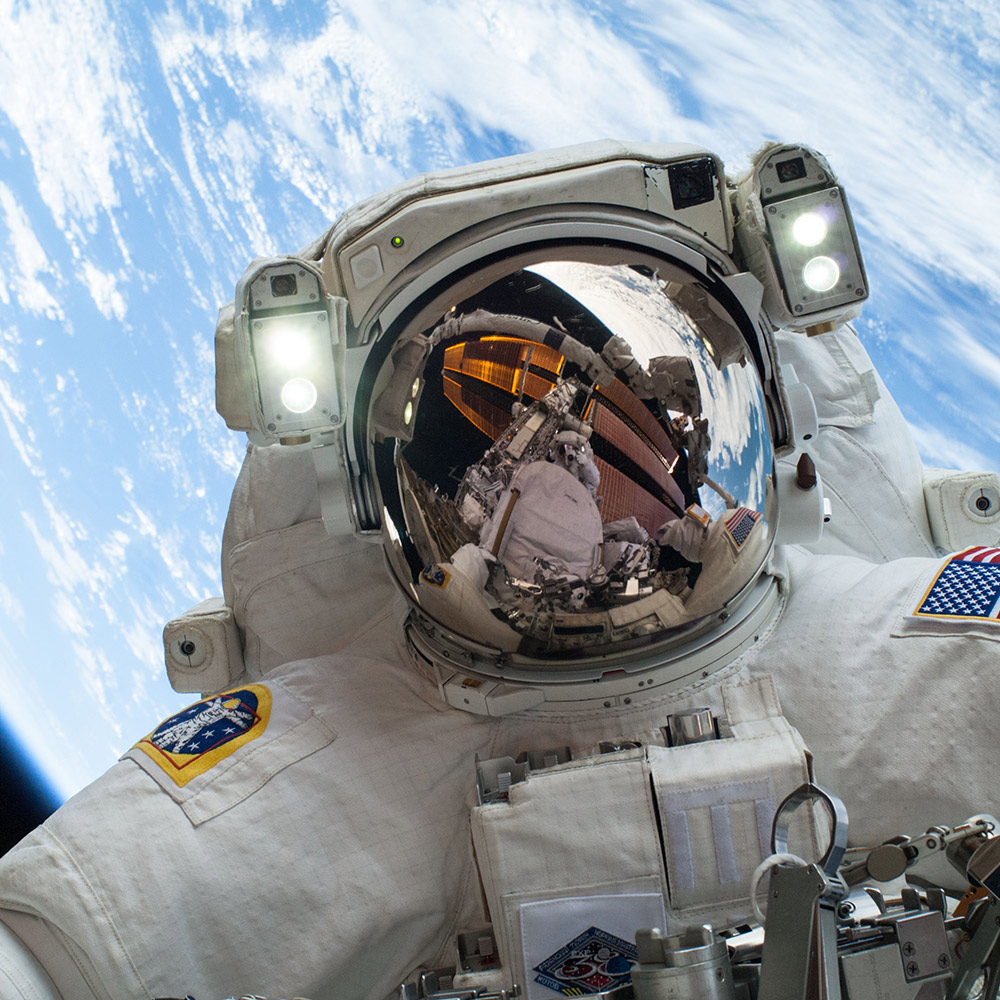Ten years ago, Europe’s Columbus module left Earth, bound for the International Space Station. Since then, ESA’s orbiting science lab has been used to grow plants, research new metals and probe astronauts’ blood, bodies and brains.
As the European Space Agency’s largest single contribution to the space station, the research laboratory module supports scientific and technological research in the microgravity environment of space. Columbus is about 23 feet long and 15 feet wide, allowing it to hold 10 “racks” of experiments, each approximately the size of a phone booth.






